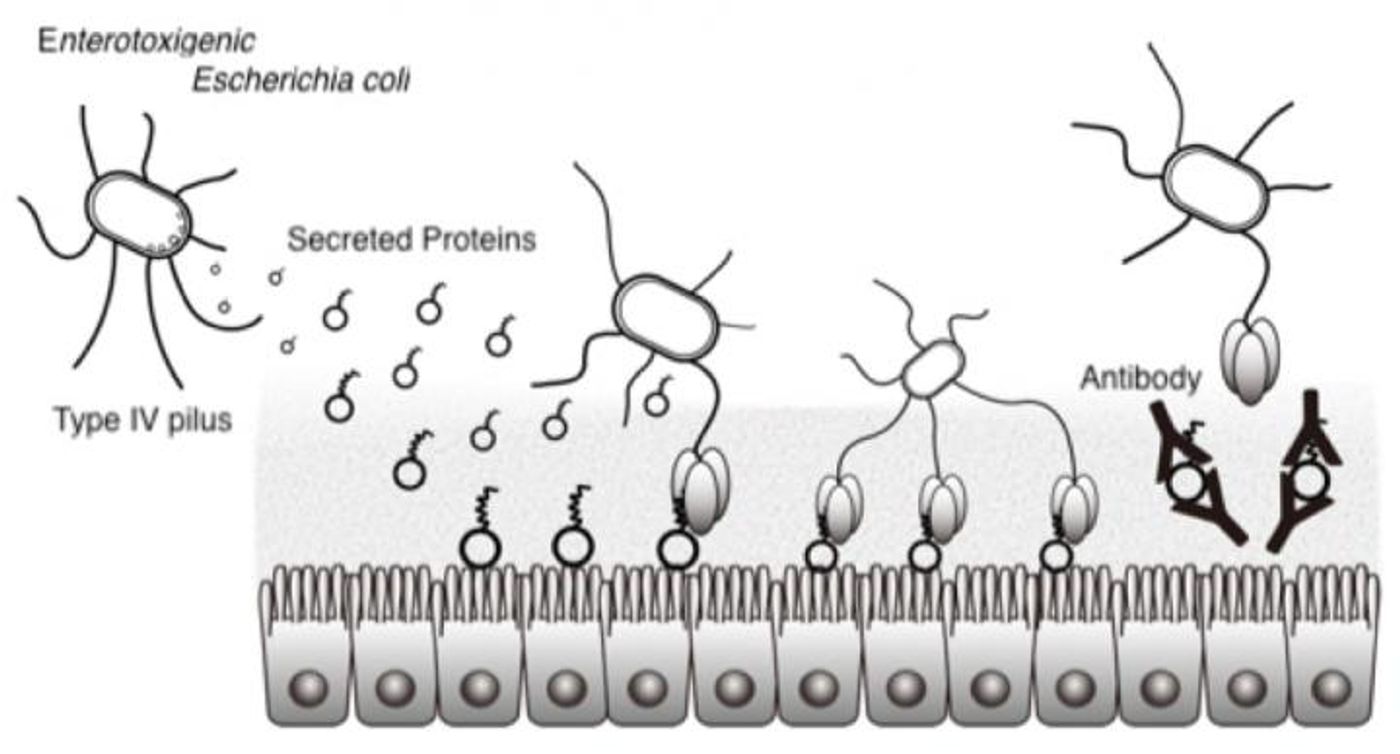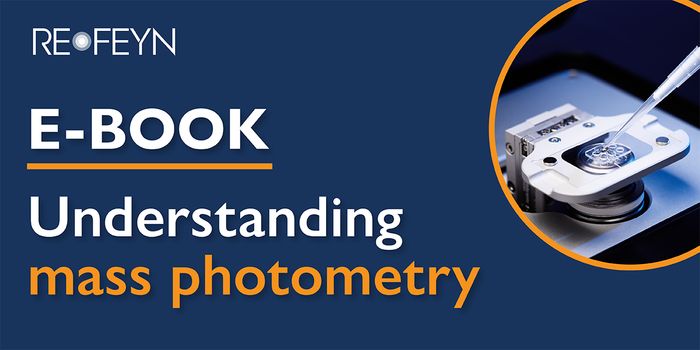New Insight Into Bacterial Pathogenicity
A bacterium called Escherichia coli can be a normal and harmless part of the microbial community that resides in the intestines. However, E. coli is also known as a dangerous pathogen. Some strains of the microbe make and release toxins - they are enterotoxigenic, and induce the intestines to release fluid. When that happens, it causes diarrhea. Enterotoxigenic E. coli (ETEC) is thought to be to blame for 300,000 ~ 500,000 deaths every year.
So far, scientists have not been able to create a vaccine for this deadly illness. ETEC patients are usually just given antibiotics and therapeutics to help with their symptoms. Treating the infection is becoming more difficult, however. Antibiotic resistance is impacting many bacterial strains, including E. coli. New treatments are being sought, and recent work will be helpful in achieving that goal.
ETEC infection begins when the bacterium sticks to the lining of the intestine. It has been suggested that a structure on the surface of the bacterium, called 'type IV pilus,’ is important for that attachment process. The details of how that happens have been a mystery, until new work from Osaka University researchers.
Reporting in PNAS, researcher Shota Nakamura and his team have shown that the type IV pili helps E. coli stick to the intestinal lining; they get some help from proteins the E. coli secretes.
"We demonstrated that type IV pili on the surface of the bacteria were not sufficient for ETEC adherence to intestinal epithelial cells and that proteins secreted by E.coli were also necessary. The administration of antibodies against the secreted proteins inhibited attachment of the E.coli,” noted Nakamura.
X-ray crystallography was utilized, and the researchers found that a protein that hangs out at the tip of the pilus interacts with a protein released by E.coli. This insight into the attachment process reveals the proteins that act as a molecular bridge, connecting type IV pili on the surface of bacteria to the intestinal cells.
"It's possible that this attachment is a common feature in many type IV pili expressing enteropathogens such as Vibrio cholerae and constitutes a new therapeutic target against such bacterial pathogens,” noted Nakamura. In the video above, you can check out the type IV pili of Vibrio.
This work could provide valuable insight into the development of new kinds of drugs, especially since the researchers demonstrated that attachment can be inhibited. Vaccine designs can also be based on this work. Molecules that can stop proteins from sticking to the epithelium can help rid the body of these pathogens, which means it wouldn’t matter if they resist antibiotics; they'll just get flushed out.
Sources: AAAS/Eurekalert! Via Osaka University, CDC, PNAS









